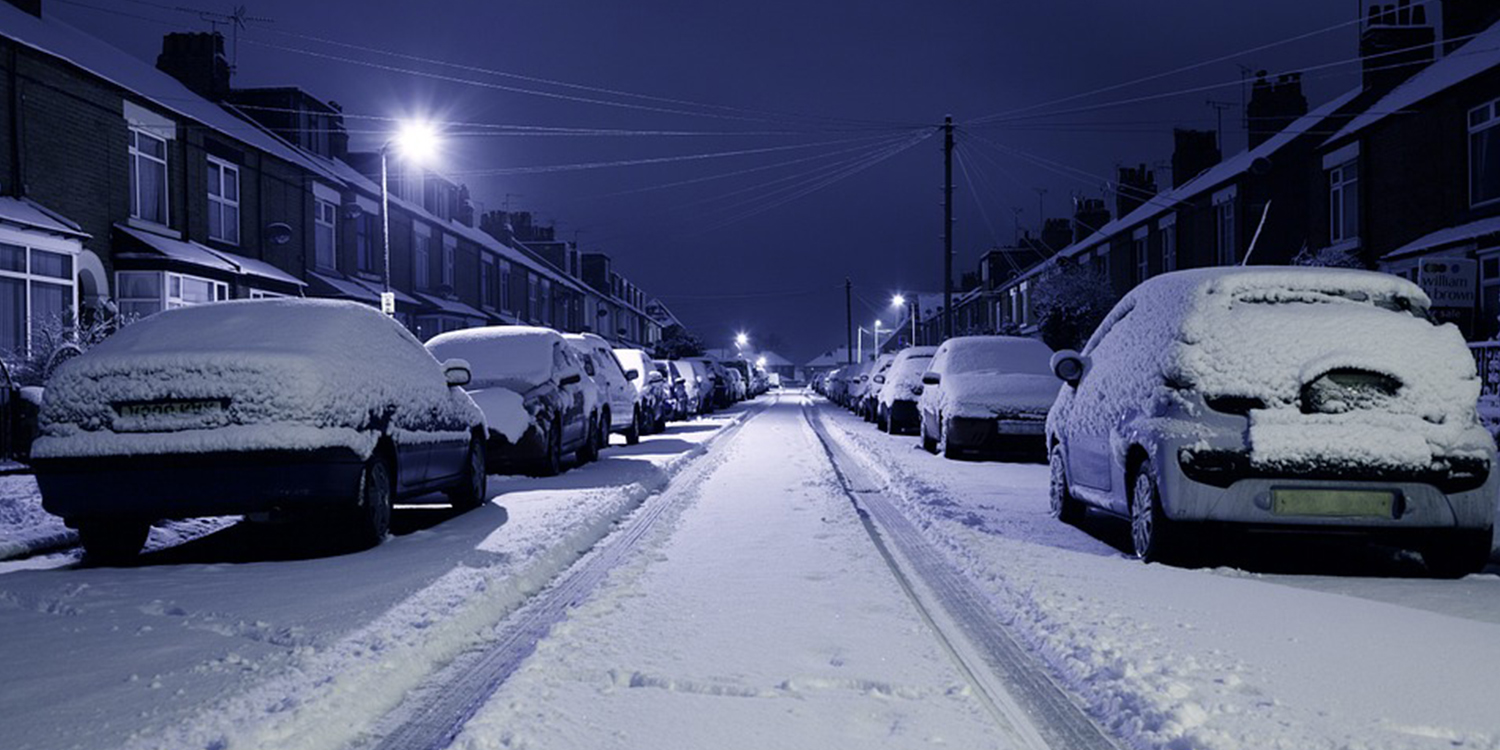
Winter weather in the south of England can often be deceivingly mild, but that should never be a reason to neglect winter weather driving precautions. From foggy country hills to rapidly freezing roads, from unexpected snowfall to devastating southern storms – our weather can be just as treacherous as those more accustomed to wintry conditions.
Prepare Your Car and Yourself for Winter Weather
The first step before any harsh weather hits is to conduct a thorough winter car check. This can be done by yourself or by taking your car to a professional mechanic. The check should include inspecting the wipers, tyres, antifreeze level, battery and brakes. A dying battery can be a major problem in the winter, so if you have noticed any signs of dimming lights in the autumn or have trouble starting your car, it is best to replace the battery before the colder months when the conditions make them less reliable and increased use of the heater and lights drains the battery even further.
If you are a rural driver, investing in winter tyres might be a good option, but for city drivers, your standard tyres should be sufficient as long as they are in good condition. Any windscreen chips, no matter if they passed your MOT, should be treated or replaced. Winter weather can cause freezing water to expand chips and turn them into cracks, and with more debris being thrown up from the road, you are just one wrong move away from a major accident.
Pack an Emergency Kit
After ensuring your car is in good condition, pack a winter emergency kit. This should include a shovel, ice scraper, and plenty of de-icer and screenwash for the car, and essentials for yourself. A torch, blankets, coat, high visibility jacket, phone charger or power pack, extra sunglasses for low-sun driving, and a paper road map or route in case you lose phone signal or power.
Prepare Before Setting Off
On the day of any long journey, always pack extra food and drink, toilet tissue, medicine, and other personal essentials. Before setting off, take the time to de-ice your car, and also clean the inside of the windscreen as the low sun can reflect every smear or mark and obstruct your vision. If there is a build-up of snow, remove it from your entire car, not just the windscreen. Clean your lights before each trip as they will quickly get covered in a layer of icy mud that can reduce other drivers’ ability to see your car. Don’t rely solely on the general weather forecast or mobile apps, especially in changeable conditions. Check online weather radar maps to see storms, snow, or rain moving across your route and plan accordingly.
Drive Carefully and Responsibly
When on the road, especially untreated surfaces, always accelerate and decelerate gently. Aggressive changes in speed are more likely to cause an accident, especially where black ice is lurking. Judge your braking distances with care and allow double the usual stopping distance. Drive with more caution than you usually would. After heavy rain, beware of aquaplaning and prepare to reduce power to help bring the car back under control. If you do get caught in an icy skid, reduce pressure on the accelerator, steer gently in the direction you want the car to go, reduce speed further if needed and only tap the brakes if the car continues to move offline. The best way to ensure the safety of yourself and your car in the unpredictable winter weather is to ensure your car is in good condition before the bad weather arrives and to drive more carefully, no matter how good the roads or weather may seem.
Don’t wait until it is too late – Book your pre-winter service

